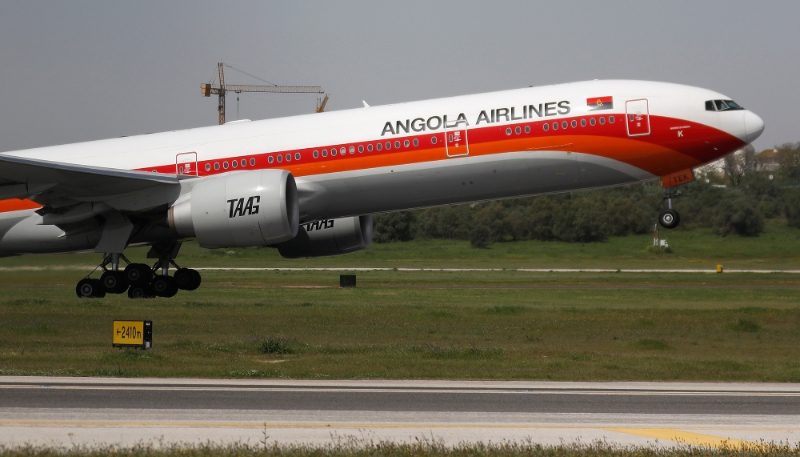A recent report by the International Air Transport Association shows that African airlines have achieved a 22% growth in air cargo demand in February, which is the highest among all regions.
The trade within Africa showed a 42.3% growth compared to the previous year, and the capacity in February increased by 28.2% compared to the same period last year.
IATA released data for the global air cargo markets in February 2024, displaying consistent strong annual growth in demand.
The total demand for cargo tonne-kilometers rose by 11.9% compared to February 2023 levels (12.4% for international operations). This marks the third consecutive month with double-digit year-on-year demand growth.
The capacity, measured in available cargo tonne-kilometers (ACTKs), went up by 13.4% compared to February 2023 (16% for international operations).
This increase was mainly due to the rise in international belly capacity accompanying the growth in passenger markets (29.5% year-on-year increase), which far exceeded the international capacity on freighters (3.2% year-on-year increase).
Willie Walsh, IATA’s Director General, mentioned, “February’s demand growth of 11.9% far exceeded the 0.9% expansion in cross-border trade. This strong start for 2024 could see demand surpass the exceptionally high levels of early 2022. It also shows air cargo’s strong resilience in the face of continuing political and economic uncertainties.”
IATA pointed out several factors in the operating environment, and also noted that global cross-border trade increased by 0.9% in January.
In February, the manufacturing output Purchasing Managers’ Index (PMI) climbed to 51.2, showing expansion. The new export orders PMI also rose to 49.4, remaining slightly below the 50 threshold that would indicate growth.
In February, the EU's year-on-year inflation dropped to 2.8% while Japan and the US experienced increases to 2.8% and 3.2% respectively. China reported a 0.7% increase in inflation year-on-year after four months of deflation, which is a positive development amid concerns over China’s economic slowdown.
In February, Asia-Pacific airlines witnessed an 11.9% rise in demand for air cargo, which signifies a significant drop compared to January’s 24.3% growth, likely due to reduced activity after the Lunar New Year celebrations.
Capacity increased by 23.1% year-on-year as belly capacity came online with recovery in the passenger business for Asia-Pacific airlines.
North American carriers experienced a 4.2% year-on-year demand growth for air cargo in February, the lowest among all regions. Demand on the North America–Europe trade lane increased by 5.2% year-on-year and Asia–North America saw a 3.9% year-on-year growth. The capacity in February grew by 1.9% year-on-year.
European carriers observed a 14.6% year-on-year demand growth for air cargo in February. Intra-European air cargo showed a 24.5% year-on-year growth, which is the strongest performance in almost three years. Also, the demand for cargo transportation between Europe and the Middle East grew by 39.3% year-on-year, while the Europe – North America route expanded by 5.2% year-on-year. The February capacity increased by 13.2% year-on-year.
Middle Eastern airlines experienced a 20.9 percent increase in air cargo demand in February compared to the previous year. The Middle East–Europe route had the highest growth at 39.3 percent, surpassing Middle East-Asia which grew by 21.9%. Capacity in February grew by 16.2 percent compared to the previous year.
Latin American airlines experienced a 13.7 percent increase in air cargo demand in February compared to the previous year. Capacity increased by 8.9 percent compared to the previous year.



